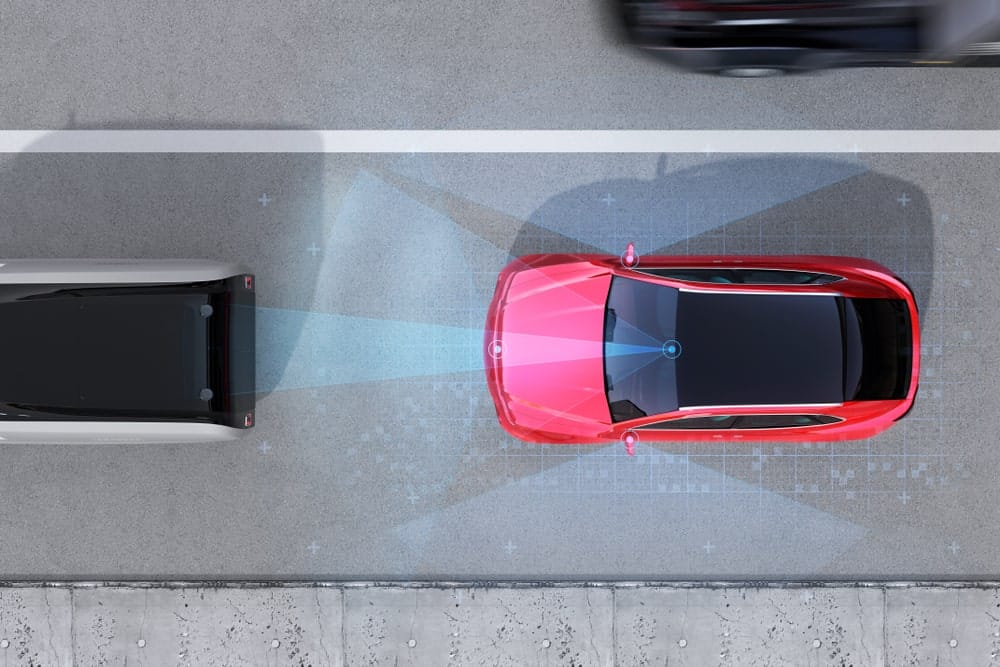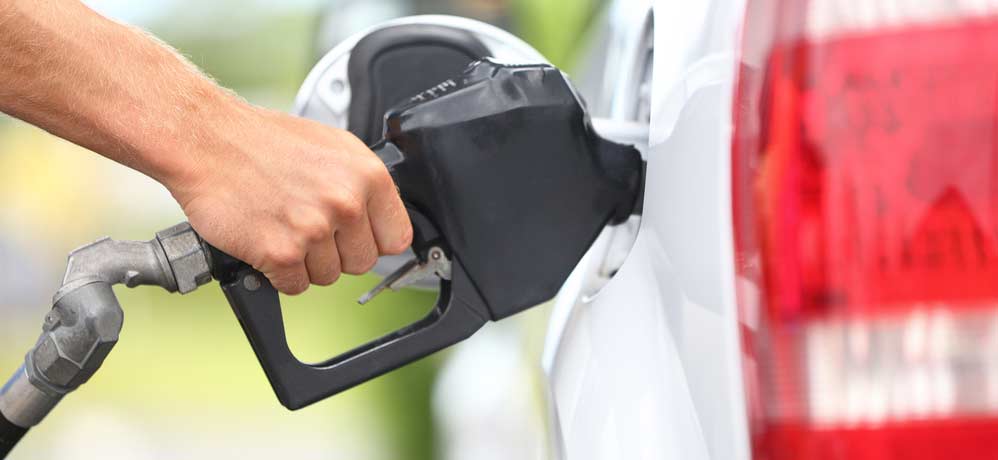
- The Savvy Promise
At Savvy, our mission is to empower you to make informed financial choices. While we maintain stringent editorial standards, this article may include mentions of products offered by our partners. Here’s how we generate income.
Autonomous Emergency Braking (AEB) is a growing technological presence in modern cars. This system plays a crucial role in enhancing road safety by assisting the driver in potential collision scenarios. If you're interested in learning more about AEB and its functionalities, you can learn all about it and how it works with Savvy today to help you determine whether you need it for your next car.
What is AEB in cars?
AEB stands for Autonomous Emergency Braking and is becoming an increasingly common safety feature in modern cars. This technology can automatically apply the brakes to help avoid a collision or lessen its impact. Imagine it as an extra set of eyes on the road, helping you react faster in potentially dangerous situations.
This technology is designed to be a helpful assistant, not a replacement for safe driving practices. It's crucial to always maintain a safe following distance and stay alert behind the wheel. However, AEB can provide valuable assistance in situations where a driver might not react quickly enough, potentially preventing accidents or mitigating their severity.
AEB is credited with making a significant difference to on-road safety, with the Transport Accident Commission’s howsafeisyourcar? site stating that it has reduced rear end crashes causing serious injury or death by an estimated 27%. Additionally, ANCAP reported the following:
“AEB has been shown to reduce police-reported crashes by 55%, rear-end crashes by 40% and vehicle occupant trauma by 28%.”
How does AEB work in my vehicle?
AEB works differently depending on the vehicle and manufacturer, so it’s not always the same across the board. However, it’s likely to follow this general breakdown:
- Sensors: most AEB systems utilise a combination of sensors like radar and cameras to continuously monitor the road ahead for potential obstacles, such as the vehicle in front of you.
- Collision risk assessment: the AEB system analyses the data received from the sensors to assess the risk of a collision. This considers factors like the distance to the vehicle ahead, your speed and the relative speed difference.
- Automatic braking: if the system detects a high likelihood of a collision and the driver doesn't react in time, the AEB system can automatically apply the brakes to slow down the vehicle or bring it to a complete stop, potentially avoiding the accident or reducing its severity.
Some AEB systems are also equipped with specific features, such as pedestrian or cyclist protection, as well as being tailored to both city and highway or country driving (with the latter focusing on detecting vehicles from further away. It’s important to understand how it works in your car before you buy it.
Is AEB available on all cars?
AEB is mandated in Australia on all newly introduced vehicles, with all vehicles on sale around the country required to have this feature included from March 2025. This applies to all passenger vehicles, as well as SUVs and certain utes and vans.
However, it won’t always have the same name, so below is a list of what AEB is referred to as by different manufacturers in Australia (as of March 2024):
- Toyota: Pre-Collision Brake (PB) system, as part of Pre-Collision Safety (PCS) system
- Ford: Autonomous Emergency Braking (AEB), as part of Pre-Collision Assist
- Mazda: Smart City Brake Support (SCBS) and Smart Brake Support (SBS)
- Hyundai: Forward Collision-Avoidance Assist (FCA)
- Kia: Forward Collision-Avoidance Assist (FCA)
- Mitsubishi: Forward Collision Mitigation (FCM) system
- MG: Active Emergency Braking (AEB)
- Tesla: Automatic Emergency Braking (AEB), as part of Collision Avoidance Assist
What other car safety features can help me avoid collisions?
There are many car safety features today that can help you avoid collisions. These include the following:
- Forward Collision Warning (FCW): this acts as an alert system, often using visual or audio cues, to warn you of a potential collision with the vehicle in front of you. While AEB takes action, FCW provides a warning to allow you to react and avoid the collision yourself.
- Blind Spot Monitoring (BSM): this system uses sensors to detect vehicles in your blind spot, areas not easily visible in your mirrors. BSM can provide a visual or audible warning when a vehicle enters your blind spot, helping you avoid lane changes that could result in a collision.
- Lane Departure Warning (LDW): this system uses cameras to detect lane markings on the road. If you unintentionally veer out of your lane without signalling, LDW can provide a visual or audible warning, prompting you to correct your course.
- Lane Keeping Assist (LKA): this system builds upon LDW by gently applying steering torque to help you stay within your lane if it detects you drifting unintentionally.
- Rear Cross Traffic Alert (RCTA): this system uses sensors to detect vehicles approaching from the sides when you're reversing out of a parking spot. RCTA can provide a visual or audible warning to help you avoid collisions with oncoming traffic.
- Electronic Stability Control (ESC): this system helps maintain vehicle stability during sharp turns or sudden manoeuvres by applying brakes to individual wheels and reducing engine power. ESC can be crucial in avoiding skids or loss of control situations.
Remember, these features are designed to assist you, not replace your own safe driving practices. It's important to stay alert, maintain awareness of your surroundings, and avoid distractions while driving. Before choosing which car to buy, it’s essential to know how safe it is so you can be clear on what technologies are in place to help protect you from crashes on the road, which is especially crucial if you have children.
Did you find this page helpful?
This guide provides general information and does not consider your individual needs, finances or objectives. We do not make any recommendation or suggestion about which product is best for you based on your specific situation and we do not compare all companies in the market, or all products offered by all companies. It’s always important to consider whether professional financial, legal or taxation advice is appropriate for you before choosing or purchasing a financial product.
The content on our website is produced by experts in the field of finance and reviewed as part of our editorial guidelines. We endeavour to keep all information across our site updated with accurate information.
Approval for car loans is always subject to our lender’s terms, conditions and qualification criteria. Lenders will undertake a credit check in line with responsible lending obligations to help determine whether you’re in a position to take on the loan you’re applying for.
The interest rate, comparison rate, fees and monthly repayments will depend on factors specific to your profile, such as your financial situation, as well others, such as the loan’s size and your chosen repayment term. Costs such as broker fees, redraw fees or early repayment fees, and cost savings such as fee waivers, aren’t included in the comparison rate but may influence the cost of the loan. Different terms, fees or other loan amounts may result in a different comparison rate.








